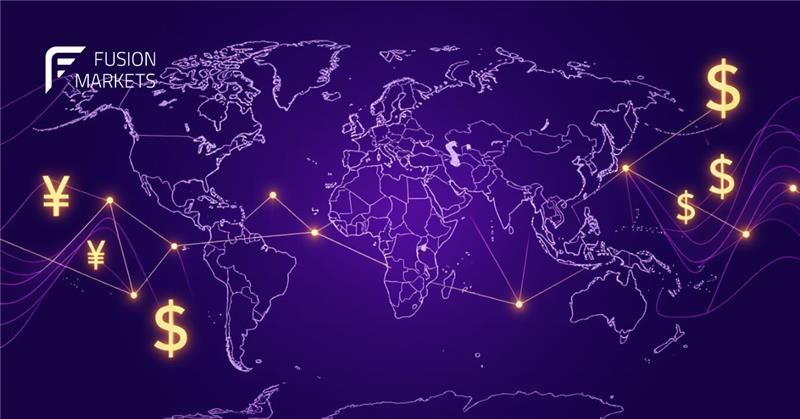How Geopolitical Events Are Shaping Safe-Haven Flows

Read Time: 3 minutes
Markets have always had a nervous streak. The moment politics turns messy or a conflict flares up, money shifts around the globe in a way that feels almost instinctive. Traders pull capital from risky corners and pile into a few familiar assets – the Japanese yen, the US dollar, and of course, gold. They’re the places investors have trusted for decades when the world looks uncertain.
- Fear moves faster than logic
- The Yen
- The dollar's gravitational pull
- Gold: outside the system
- The complication: overlap
- Why it matters
You can crunch numbers all day, but when a headline flashes across the screen about rising tensions in the South China Sea or a surprise election result in Europe, logic doesn’t always come first. The gut reaction is: where can I hide? That’s why safe-haven flows are so often less about economics and more about psychology. Investors don’t want to lose money, so they run to what feels safe.
The yen’s role is one of those quirks of global finance. Japan itself faces plenty of regional risks, yet the yen tends to strengthen whenever the global mood turns sour. The reason isn’t that Japan suddenly looks healthier than everyone else. It’s because Japanese investors hold a mountain of foreign assets, and when markets wobble, some of that cash gets pulled back home. That wave of repatriation makes the yen look strong at exactly the moments when investors are most rattled.
Think back to recent bouts of tension in East Asia – every time the headlines worsened, USD/JPY dipped lower. It wasn’t traders suddenly falling in love with Japan’s growth outlook. It was the global market saying: better hold something solid while this plays out.
The US dollar, meanwhile, is less quirky and more obvious. It’s the world’s settlement currency, it dominates cross-border lending, and central banks keep it in their reserves. When a crisis hits, oil still gets priced in dollars, global trade still runs through dollars, and investors still park cash in US Treasury bills.
Even when Washington politics looks messy – debt ceiling fights, government shutdown threats, the usual drama – the dollar rarely loses that status for long. When compared against the alternatives, it’s still the deepest, most liquid market. For better or worse, the dollar is the asset people trust when the rest of the picture is blurry.
Then there’s gold. It doesn’t rely on anyone’s policy decisions, and that independence gives it a timeless appeal. In the past year alone, you can see clear moments where geopolitical headlines – conflicts in Eastern Europe, unrest in the Middle East – sent gold higher in a matter of hours. It’s not always about inflation or interest rates; sometimes it’s simply the old human instinct that shiny metal will hold value if everything else unravels.
Central banks have been buying more gold as well, adding another layer of demand. But for everyday investors watching markets, it’s those sharp, sudden spikes that highlight gold’s unique role when geopolitics intrudes.
One thing that’s changed over the years is how tangled these risks have become. A regional conflict might disrupt energy supply chains, which then feeds inflation pressures, which in turn pushes central banks to rethink policy. Safe-haven moves don’t happen in a vacuum anymore. You might see the dollar surge on the fear trade, only for that to tighten global financial conditions in ways that feed back into the next round of volatility.
Gold, too, swings between being a pure fear hedge and a play on the interest-rate outlook. And while the yen rallies during panics, Japan’s ultra-low yields can limit how far it runs compared to past decades.
For anyone watching FX or commodities, these moves aren’t just background noise. They’re signals. If the yen jumps on a geopolitical headline, it shows just how nervous the market really is. If gold rallies alongside the dollar, you know fear is widespread rather than localised.
Safe-haven flows, at their core, are about people making decisions under stress. They don’t always follow neat models, but they reveal where capital believes safety lies at any given moment. And as long as geopolitics keeps throwing surprises – which feels inevitable – the tug-of-war between risk and refuge will remain one of the most important drivers of markets.
We’ll never share your email with third-parties. Opt-out anytime.